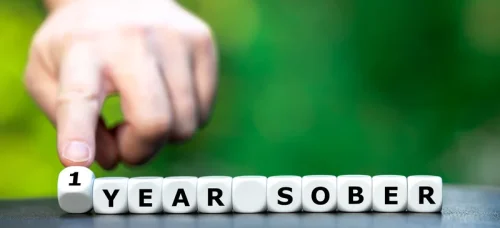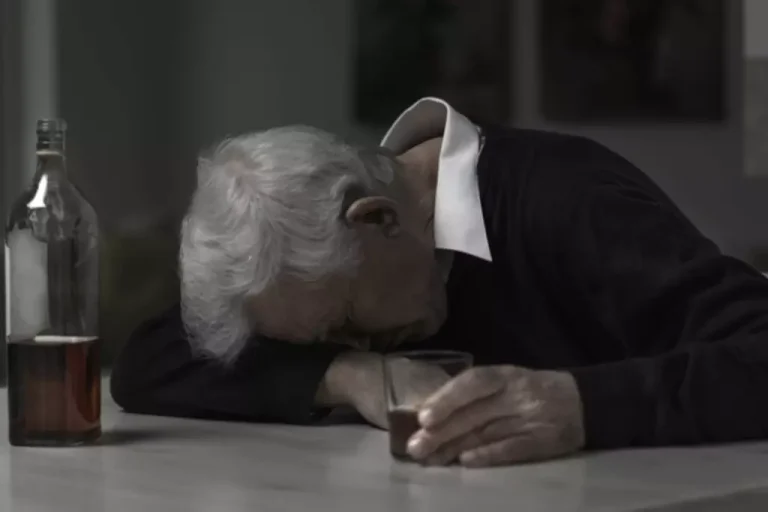
The effects of psychedelics are not universally euphoric (and can be dysphoric), tolerance develops quickly, cannot be overcome by dose escalation and there is no known withdrawal syndrome (Rucker et al., 2018), indicating a low risk of dependence in line with current DSM-V diagnostic criteria. In the 1960s, the perception that psychedelics cause a special type of dependence, defined as ‘period use amongst arty types’, contributed to their strict international scheduling. Psychedelics were considered to have high abuse potential simply because there were frequent reports of their use (Isbell and Chrusciel, 1970). Food & Drug Administration (FDA) approved a drug closely related to ketamine, called esketamine, for treating severe depression in people for whom other treatments don’t work.
- We have included evidence from both eras in an attempt to incorporate large evidence based on the safety of psychedelics.
- It unfolds over several preparatory sessions, each dedicated to pinning down how and when to enter the psychedelic experience.
- One small-scale study involving subjects with treatment-resistant depression found that, after engaging in psilocybin therapy, their neuroticism scores decreased while their scores in extraversion, openness, and conscientiousness increased.
- These drugs alter one’s conscious perception and thinking processes (cognition) in such a manner that the individual’s conscious experience of the world is altered in a way different than other drugs alter it.
- Over time, researchers discerned that effective preparation played a pivotal role in guiding patients through inner explorations by employing diverse approaches such as aesthetic appreciation, the area of philosophy that studies the nature of beauty and art30,56.
What is the relationship between psychedelic and dissociative drugs and mental illness?
EBT recasts these theoretical features using the quantitative terms of physical entropy and informational uncertainty as measured via “the repertoire of functional connectivity motifs that form and fragment across time” (Carhart-Harris et al., 2014, p. 1). In normal waking states, the DMN constrains the activity of its cortical and subcortical nodes and prohibits simultaneous co-activation with TPNs. The above evidence demonstrates the broad diversity of acute subjective effects that classic psychedelic drugs can produce in perceptual, emotional, and cognitive domains. Unique changes in sense of self, ego, body image, and personal meaning are particularly salient themes.

What are hallucinogens?
They do not impair memory, nor do they cause stupor or narcosis such as that seen with alcohol or heroin. Neither do they produce excessive stimulation like that experienced with cocaine or amphetamine. Used therapeutically under the guidance of a trained therapist, few drug-related adverse events have been reported in clinical trials. Many believe it is essential that the drugs be administered only are psychedelics addictive by trained therapists in controlled settings in order to maximize benefits and minimize potential risks. In clinical studies using standardized treatment protocols, drug effects may last for three to six hours, during which time a therapist is always present. Each treatment session is usually followed by one or more standard therapy sessions in which the experience is discussed and integrated.
Psilocybin increases resting state functional connectivity across brain networks
Intriguingly and in contrast to this idea, Germann (2020) proposes the ‘psilocybin telomere hypothesis’ which states that psilocybin has a positive effect on leucocyte telomere length, which could reduce genetic ageing. In many cases, these earlier studies were refuted and retracted (e.g. Cohen et al., 1967; Dishotsky et al., 1971; Egozcue et al., 1968). Unfortunately, this did not generate the same media https://ecosoberhouse.com/ attention as the original work (Strassman, 1984), meaning that earlier studies played a major role in shaping media representations of psychedelics, ultimately shaping public opinion. Those with a predisposition towards psychotic illnesses (i.e. personal or family history of schizophrenia or bipolar disorder) are generally excluded from clinical treatment with psychedelics (Johnson et al., 2008).
- “When we give mice a single dose of psilocybin, we can see those new connections form within a day,” Kwan says.
- It acts primarily as a serotonergic receptor agonist and also acts at dopaminergic and adrenergic receptor sites (Nichols, 2004).
- But the effects found in large studies of psychedelics have been much less dramatic than in some of the earlier, smaller studies, Gordon says.
- This necessary approach is appropriate for the developmental stage of psychedelic treatments in mental health, which is reaching the milestone of acceptance and adoption within medicine.
- Still, if mind provides us with access to world, then lifting restrictions on mind could in principle expand our access to world.
- Unique changes in sense of self, ego, body image, and personal meaning are particularly salient themes.
Unifying Theories of Psychedelic Drug Effects

Finally, there were global increases in functional connectivity at both 1 week and 1 month post-psilocybin. Neuroimaging data suggests that human brains exhibit a larger overall repertoire of neurophysiological states under psychedelic drugs, exploring a greater diversity of states in a more random fashion. For example, in normal waking states, DMN activity ‘rules out’ the activity of TPNs, and vice versa, due to their relatively strict anticorrelation patterns. Brain network anticorrelation generates cause-effect information because it places constraints on the possible causal interactions within and between brain mechanisms; for example, DMN-TPN anticorrelation patterns ‘rule out’ the DMN activity in the presence of activated TPNs.

While scientists are still working on these varied psychedelic compounds, the risk looms that abuse potential might come as an inseparable side effect of treatment. One leading possibility was the brain’s serotonin system, which can play a role in stabilizing feelings of well-being and happiness—the basis for MDMA’s therapeutic use. To test this question, the Malenka lab separately blocked MDMA’s ability to release either serotonin or dopamine in mice.
- “If mimicking mental illness were the main characteristic of these agents, ‘psychotomimetics’ would indeed be a suitable generic term.
- Twelve volunteers (7 females, mean age 32.1 ± 7.5 years) took part in this open-label, within-subjects, longitudinal pilot study.
- As we will see below, Klee’s ideas strongly anticipate many neurophysiological findings (Alonso et al., 2015; Tagliazucchi et al., 2016; Schartner et al., 2017) and theoretical themes (Carhart-Harris and Friston, 2010; Letheby and Gerrans, 2017) from 21st-century psychedelic science.
One particularly promising area of research is the use of psychedelics in treating conditions like depression, anxiety, and PTSD. Early studies have shown encouraging results, suggesting that carefully administered psychedelic experiences, combined with psychotherapy, could offer new hope for individuals who haven’t responded well to traditional treatments. The resurgence of scientific interest in psychedelics over the past few decades has opened up exciting new avenues for research.

What are the effects of psilocybin?

